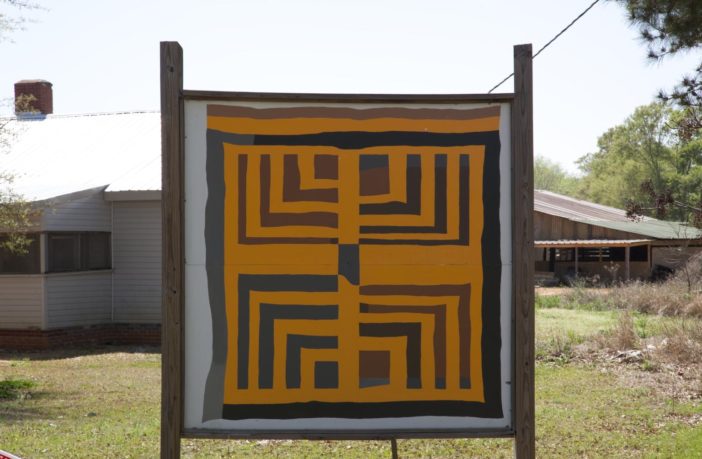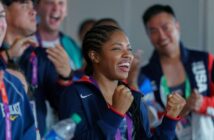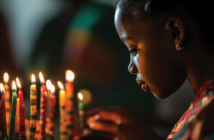Whether you know of the quilters from Gee’s Bend, Alabama, for their celebrated textile art or their remarkable history, their legacy is undeniably profound. Mary Ann Pettway was not born a quilting legend, but it was indeed her destiny. As the seventh of eight surviving children, Pettway learned how to sew from her mother—not to create textile art that would eventually be hung on museum walls or sold for thousands of dollars, but to ensure the family could sleep comfortably.
Growing up in the rural town of Boykin, Alabama, also known as Gee’s Bend, Pettway and her siblings shared a three-room house without bedding…or beds.
The Pettway matriarch taught her seventh child to stitch and stuff found fabrics with corn husks and later cotton to create mattress pads, and to quilt using other worn-out garments to top them. Though the Pettway women had been quilting for utilitarian purposes since the early 1930s (as far as she can recall), it wasn’t until 1975 that Mary Ann and her family were able to outfit their home with store-bought mattresses. While there was no longer a need to sew palettes for sleeping, the practice remained an integral part of the legacy not just for the family of that three-room house but for the entire community.
Nearly 50 years after she first learned how to build her first nine-patch pattern, Pettway now serves as the manager of the Gee’s Bend Quilting Collective, an organized group of women quilters throughout the town who share not just artistic skill but often a last name. In 1845, the plantation originally owned by Joseph Gee and later passed down to his nephews Sterling and Charles Gee was sold to Mark Pettway of North Carolina, bringing nearly 100 enslaved workers with him as he relocated. Many descendants of these enslaved families remain in the rural town today, which is still over 93% African American.
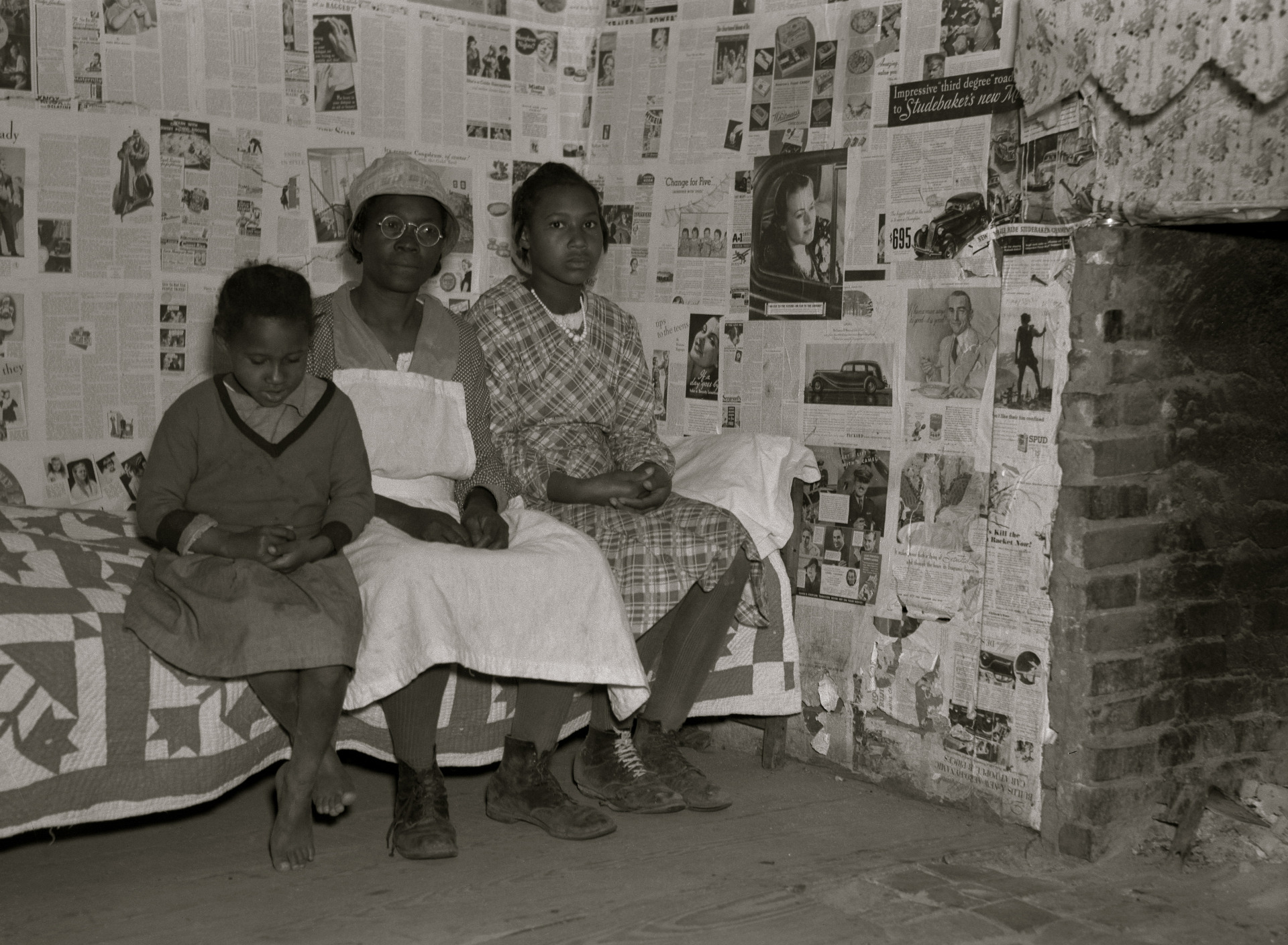 Descendants of enslaved individuals of the Pettway plantation, circa 1937 in Gee’s Bend, Alabama. They are still living very primitively on the plantation. Image: Buyenlarge/Getty Images.
Descendants of enslaved individuals of the Pettway plantation, circa 1937 in Gee’s Bend, Alabama. They are still living very primitively on the plantation. Image: Buyenlarge/Getty Images.
Seeking greater resources and financial independence, earlier generations of Pettway women found work in sewing factories, and later began making and selling quilts to support their families. A self-described lover of numbers, Pettway studied college bookkeeping and accounting, and also worked in a local sewing factory for 20 years before joining the collective.
After taking over the role in 2006, Pettway found very few records of the organization’s history and yet immediately became invested in its future. The master quilter is stationed daily in the long white-paneled building that functions both as a historical site and a retail shop, where she greets visitors from all over the country and beyond. Prior to Pettway’s tenure, it was this exact site that art dealer Bill Arnett visited in the late nineties, finding himself captivated by the brilliant colors and unique pattern arrangements of the textile work he saw on display. Arnett would later purchase hundreds of quilts directly from several of the women within the collective, curating an exhibition that The New York Times would call “…some of the most miraculous works of modern art America has produced.”

 Making of a quilt, Gees Bend, Alabama, 2010. Image: Carol M. Highsmith/Buyenlarge/Getty Images.
Making of a quilt, Gees Bend, Alabama, 2010. Image: Carol M. Highsmith/Buyenlarge/Getty Images.
The success of Arnett’s traveling exhibitions featuring the quilts of the Gee’s Bend artists soon spawned international interest in the work. There were stamp collections and book deals; even the French luxury fashion house Chloé sent designs down the Fall/Winter 2022 runway made in collaboration with some of the Gee’s Bend artisans. But although the quilts and their reproductions have been received with dazzling acclaim in recent years, the direct translation to economic impact for the small town has been less than lackluster.
According to the 2022 National Census, the median income for individuals living in Boykin is still less than $17,000, with many facing challenges finding gainful employment. Some of the women associated with the Gee’s Bend Quilting Collective have made a moderate income selling their works on Etsy and through local events like the “Gee’s Bend Airing of the Quilts Festival.” However, Pettway emphasizes that these outside opportunities don’t necessarily benefit the organization, and insists that the best way to support the Gee’s Bend Quilting Collective is to purchase directly from the collective itself.
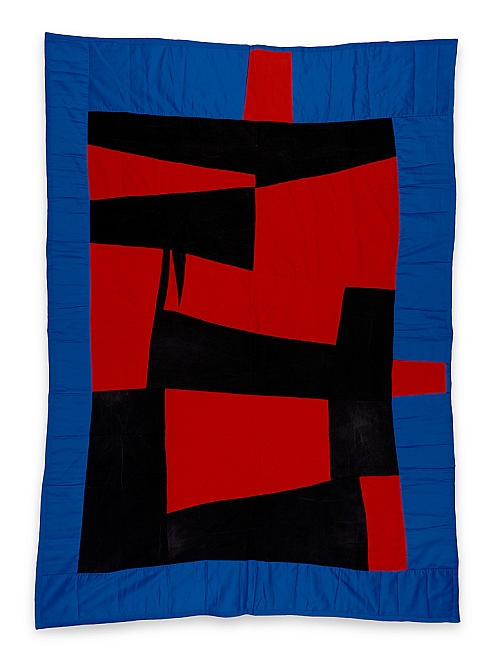
 “Medallion,” Loretta Pettway Bennett (1960-), Cotton and twill, 88 x 63 inches, Collection of Souls Grown Deep Foundation. Image: Stephen Pitkin/Pitkin Studio
“Medallion,” Loretta Pettway Bennett (1960-), Cotton and twill, 88 x 63 inches, Collection of Souls Grown Deep Foundation. Image: Stephen Pitkin/Pitkin Studio
2005
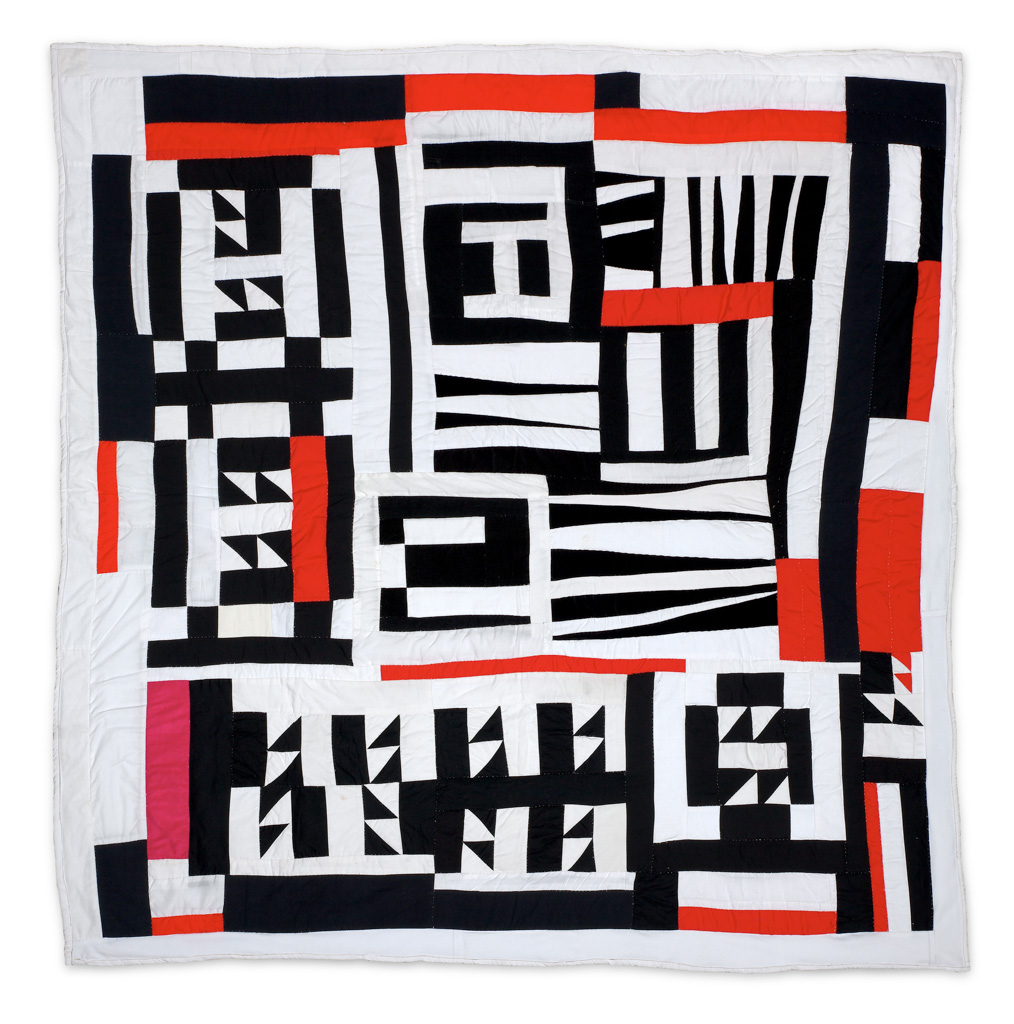
 “Blocks, Strips, Strings, And Half Squares,” Mary Lee Bendolph (1935-), 2005, Cotton, 84 x 81 inches
“Blocks, Strips, Strings, And Half Squares,” Mary Lee Bendolph (1935-), 2005, Cotton, 84 x 81 inches
Collection of, Philadelphia Museum of Art
Museum/ purchase and gift of the Souls Grown Deep Foundation. Image: Stephen Pitkin/Pitkin Studio.
Despite the various opportunities that have emerged, which have somewhat splintered collective members, and the perceived limited financial wealth in Gee’s Bend, Pettway does not see her hometown as a place of deprivation. The abundance of Gee’s Bend extends beyond financial metrics. It lies in the profound sense of community and shared history among its residents. The quilting collective is more than an organization; it’s a testament to the resourcefulness and artistic merit passed down through generations. Each quilt tells a story, preserving the experiences and traditions of the women who crafted them. Pettway instead chooses to portray Boykin from this perspective, bountiful in love, family and faith, and as she describes it, “the richest town in Alabama.” And there is no room to argue with that.
